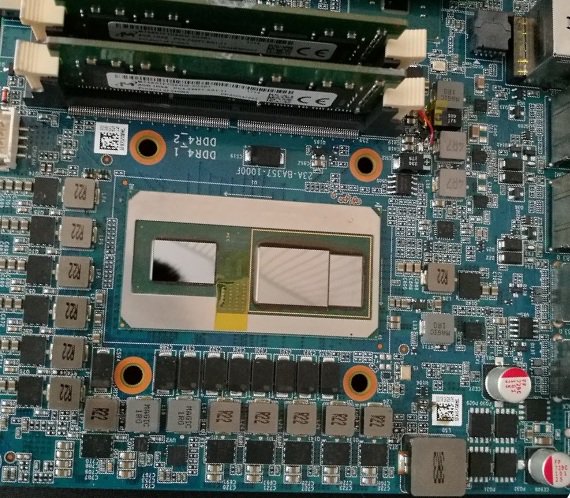Personally I don't think Nvidia is worried, they are more focused on AI, VR and data centers. They hold the Key.
"The future" is (AI) artificial intelligence, Data Center and VR, AR and Nvidia is pretty much leading the way. According to a recent report by 3DCenter, Nvidia holds 73%+ of the discrete GPU market share compared to AMD's (NASDAQ:AMD) -27%. (AMD is Nvidia's only competitor in this category).
Enter NVIDIA Corp. (NASDAQ: NVIDIA), one of the best-performing stocks of the past 12 months and a burgeoning leader in not only high-performance graphics chips but also artificial intelligence. The stock is up more than 300% in the past 12 months and shows no signs of stopping. However, for NVIDIA's true long-term potential to be realized, it will have to become part of an elite group of companies in the upper echelons of corporate America, alongside the likes of Google and Microsoft.
SoftBank’s Nvidia stake is reportedly worth $4Billion for 4.9 percent of the company, which it says would make SoftBank the fourth largest investor in the chip maker, they all wan't a piece of the cake and that cake is Nvidea https://techcrunch.com/2017/05/24/softbanks-nvidia-stake-is-reportedly-worth-4bn/
https://www.fool.com/investing/2017/03/28/3-reasons-why-nvidia-is-a-bet-on-the-future.aspx
https://www.reuters.com/article/us-nvidia-results-research/nvidia-shares-set-record-as-volta-chips-ensure-future-growth-idUSKBN1DA1TC














